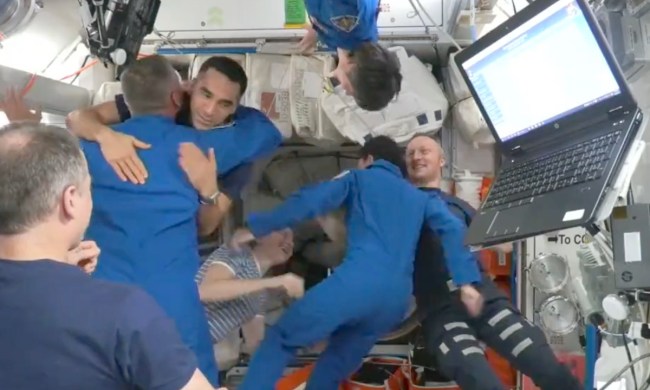If you’re in the “Mars or bust” camp, you’ll notice Lockheed Martin’s proposed date precedes NASA’s goal by at least a couple of years. The space agency did not contract Lockheed to develop the concept, but the aerospace company hopes to convince NASA to adopt its design before the agency sends astronauts in the 2030s. “NASA has [orbiting Mars] in their plan,” Lockheed Martin’s chief technologist for civil space exploration Tony Antonelli told Popular Science. “And we’re coloring in the details.”
Though the Base Camp is shooting for Mars, Lockheed Martin intends to only use proven current technologies to make their mission feasible, safe, and cost-effective. “All of these pieces exist today, they’re not brand new,” Antonelli said. “We’re taking advantage of what we’ve already got.”
Lockheed’s already got a few systems designed to facilitate Mars exploration. For example, Orion is “the world’s only deep-space crew capsule,” the company boasts on its website. The capsule will serve as the mission’s command-and-control center, equipped with communication and navigation technologies to help astronauts remotely explore Mars, as well as enough life support for 1,000 days.
Lockheed is also developing “exploration augmentation modules”, aka space habitats, based on NASA’s data and research into supporting human life in deep space. The habitat provides both a living space and working space, while offering astronauts a place of longterm security. “Basically, the habitat would be located just far enough away that astronauts couldn’t easily turn around and come home when problems arise,” Bill Pratt, Lockeed’s program manager for habitat study said on the company’s website. “That really forces us to operate in a different mindset that’s more akin to a long trip to Mars.”
The initial mission will launch in 2018 without a crew. Five years later, Lockheed plans to send astronauts further into deep space than anyone has travelled — that is, if SpaceX or China haven’t made it there first.


